Having read Dave Tweeds excellent description of reflections in electrical transmission lines, I thought I was one step closer to a full understanding of SWR. However, later I was watching w2aew's description of how a directional coupler works and I'm a little confused. In the snippet shown below, you can see where the reflected current is described as having the opposite direction to the incident current.
However, what I understood from reading Dave's answer is that in the case of short-circuit terminations it's a negative voltage that's reflected back along the line. My understanding is that this negative voltage arises from the need to supply "additional" current into the short (2*I behind the reflected voltage wavefront). But then, isn't the current moving towards the short or do I have that wrong? I'm trying to reconcile my understanding of transmission line terminations (intuitively) with w2aew's description and failing owing to my own ignorance!
